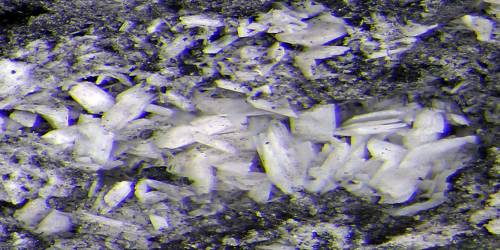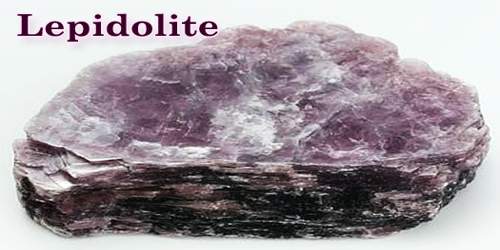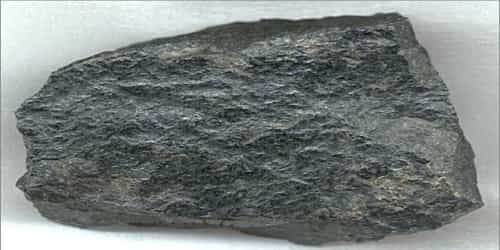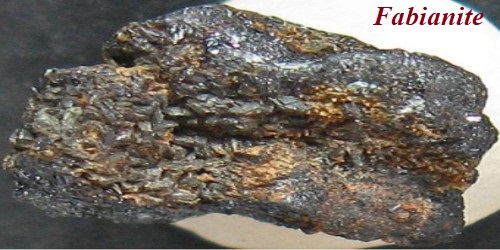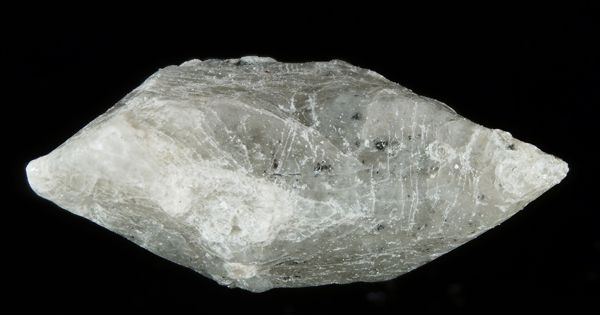Bassanite is a calcium sulfate mineral with formula CaSO4·0.5(H2O) or 2CaSO4·H2O. In other words, it has half a water per CaSO4 unit hence its synonym hemihydrate. It was named after Francesco Bassani, former Professor of Paleontology at the University of Naples in Italy. Bassanite is an uncommon mineral with localities in Italy, Tunisia, the United States, Canada, Australia, and Antarctica, among a few others.
Bassanite was first described in 1910 as an occurrence on Mount Vesuvius. It was named for Italian paleontologist Francesco Bassani (1853–1916). At Vesuvius, it occurs as alterations from gypsum within leucite tephrite and as fumarole deposits. It occurs in dry lake beds in California and Australia. It also occurs interlayered with gypsum in caves.
General Information
- Category: Sulfate mineral
- Formula: CaSO40.5(H2O)
- Crystal system: Monoclinic
- Space group: Spheroidal (2).

Properties
- Color: White
- Crystal habit: Microscopic acicular crystals in parallel aggregates, pseudohexagonal
- Twinning: Twin plane {101}
- Luster: Earthy
- Streak: White
- Diaphaneity: Semitransparent
- Specific gravity: 2.69–2.76.
Occurrence
It occurs as an alteration product of gypsum in leucite, as a fumarolic mineral, in dry or perennially dry lake beds, and in caves interlayer with gypsum. Associated minerals include, additionally, anhydrite, Celestine, calcite, and gibbsite. Altered from gypsum in leucite tephrite blocks; fumarolic (Vesuvius, Italy); in dry or perennially dry lake beds (California, Australia); in caves, interlayered with gypsum.
Association: Gypsum, anhydrite, Celestine, calcite, gibbsite.
Information Source:
